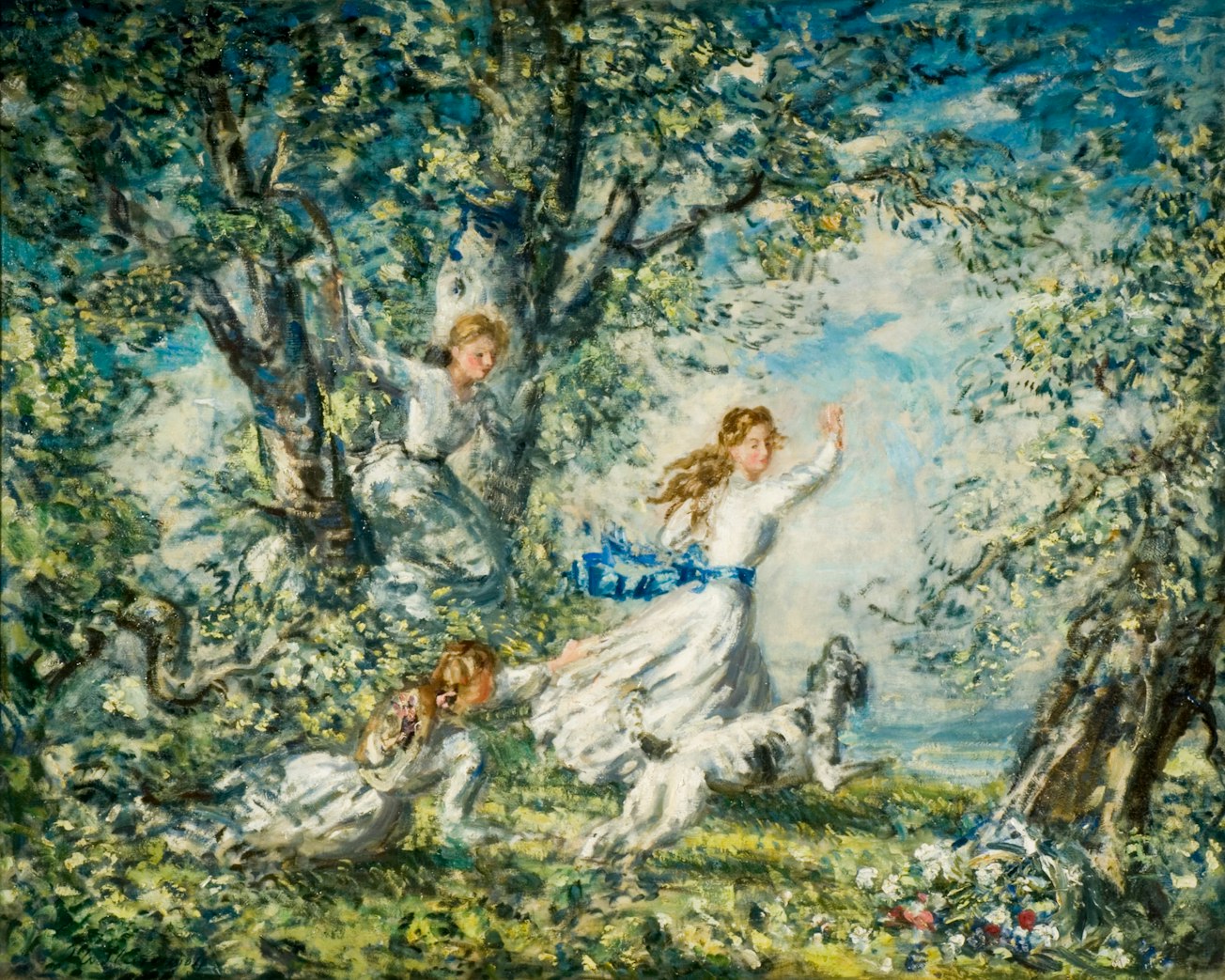What is it about?
This study looked at the genes that affect how physically active humans are and how long ago these genes might have developed. The researchers found that some of these genes are very old and existed even before modern humans evolved. We found that most of these genes are in non-protein coding regions, meaning they do not directly make proteins. They also found that these genes have been conserved across humans, Neanderthals, and chimpanzees, meaning they have remained mostly unchanged over time. However, there were a few instances where humans experienced unique selective pressures that caused some changes in these genes related to physical activity.
Featured Image

Photo by Birmingham Museums Trust on Unsplash
Why is it important?
This study is important because it sheds light on the evolution of genes related to physical activity in humans. By understanding the age and conservation of these genes, researchers can better understand the underlying biological mechanisms that influence physical activity levels in humans. This information can be useful in developing interventions to promote physical activity and improve health outcomes. Additionally, by examining the differences in these genes between humans, Neanderthals, and chimpanzees, researchers can better understand the evolutionary history of physical activity in humans and our ancestors.
Perspectives
Our results estimate PA-related SNPs in protein-coding genomic areas are as old or older than the hypothesized emergence of anatomically modern humans (~200–350 kya). This estimated SNP age range is considerably older than the majority of exon-located mutations given that Fu et al. predicted 73.2% of modern day exonal SNPs arose less than 5 kya. A mutation age range from 210 to 785 kya suggests the genetic control of PA in humans, through these particular exon-located SNPs, may have emerged during periods of Homo energy expenditure alterations such as the dramatic increase in Homo’s brain size, body size, and/or gathering range. A proposed timeline equating the emergence of PA associated mutations with possible selection pressures is in Fig 2. Given the evolutionary divergence of humans and primates has been approximated to be 4–12 mya, our species may not share the exact intragenic-based modulators of PA present in primates. Further, while many PA genetic studies are completed in mice models, the evolutionary split between humans and mice is estimated to have occurred approximately 96 mya similarly suggesting intragenic-based modulators controlling activity in humans may not be similar to those controlling activity in mice. However, we urge caution in interpreting our limited dataset to mean there are no similarities among human PA genetic regulation and PA regulation in other species given that the direct causal link between the available SNPs and PA is yet to be determined.
Dr. Ayland Letsinger
Texas A&M University College Station
Read the Original
This page is a summary of: Alleles associated with physical activity levels are estimated to be older than anatomically modern humans, PLOS One, April 2019, PLOS,
DOI: 10.1371/journal.pone.0216155.
You can read the full text:
Contributors
The following have contributed to this page







